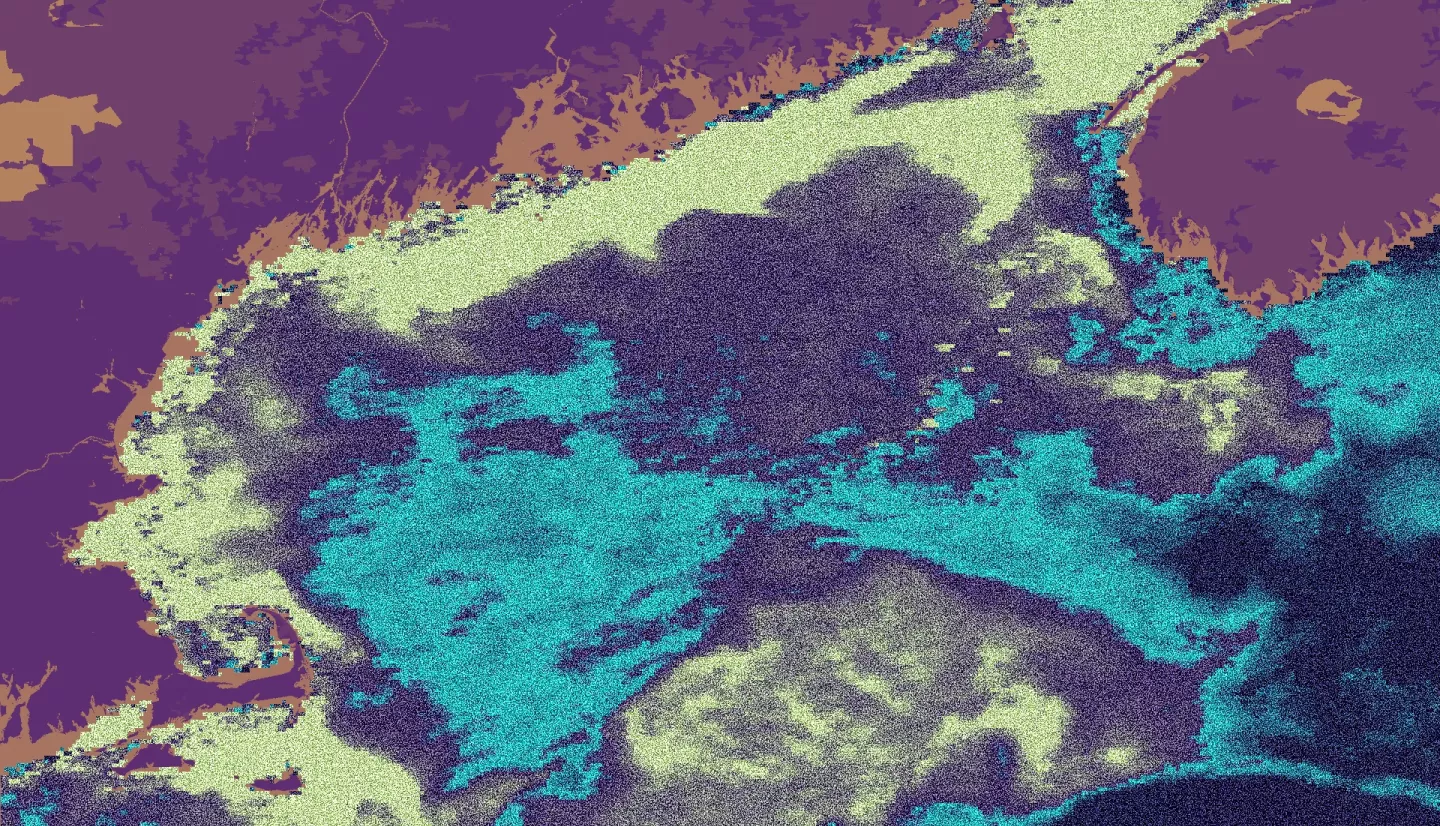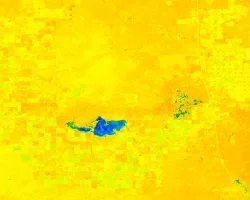Gulf of Maine Water Resources (Fall 2022)
Team: Suhani Dalal (Project Lead), Lily Gray, Yixuan Li, Jane Zugarek
Summary: The Gulf of Maine has a history of harmful algal blooms (HABs) that have increased in frequency and intensity in recent years, raising concerns in the community. Specifically, the Pseudo-nitzschia genus possesses harmful toxins that can induce food-borne illnesses and infect humans through ambient water. We observed in-situ data from known 2016 and 2020 Pseudo-nitzschia blooms as case studies to test the feasibility of using satellite data to track bloom events. To map the frequency and distribution of Pseudo-nitzschia bloom events, we used satellite data from the Aqua Moderate Resolution Imaging Spectroradiometer (MODIS) and Sentinel-3 Ocean and Land Colour Instrument (OLCI). We utilized Earth observation data to calculate normalized fluorescence line height (nFLH) and absorption by phytoplankton (aph443), which are satellite products that more accurately depict phytoplankton reflectance. We compared these products with in-situ observations to analyze ocean color differences and distinguish diatomic algal particles from other organic and inorganic particles.

